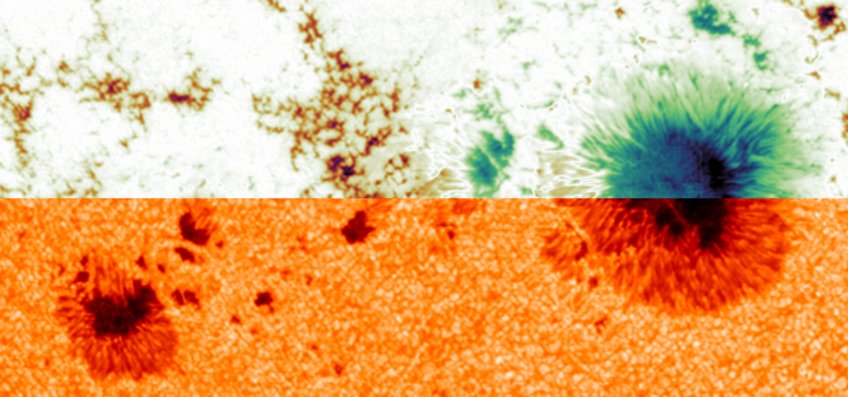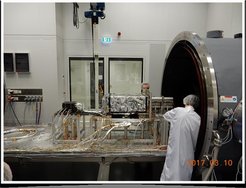
Polarimetric and Helioseismic Imager (PHI)
For information on the data, data releases, quick look and tutorials, see the links on the right panel under ‘SO/PHI Data Information’
PHI is a diffraction limited, wavelength tunable, quasi-monochromatic, polarisation sensitive imager. The instrument will provide maps of the magnetic vector and of the line-of-sight (LOS) velocity in the solar photosphere. It will thus probe the deepest layers of the Sun (including the solar interior using helioseismology) of all the instruments on Solar Orbiter. Since the magnetic field anchored at the solar surface produces most of the structures and energetic events in the upper solar atmosphere and significantly influences the heliosphere, PHI plays a key role in reaching the science goals of Solar Orbiter. Extrapolations of the magnetic field observed by PHI into the Sun’s upper atmosphere and heliosphere will provide the information needed for other optical and in-situ instruments onboard Solar Orbiter and also onboard the Parker Solar Probe to analyse and understand the data recorded by them in a proper physical context.

PHI is composed of two telescopes. The off-axis Ritchey-Chrétien High Resolution Telescope (HRT) with an aperture diameter of 160 mm and an effective focal length of approximately 2500 mm will image a fraction of the solar disk at a resolution reaching 150 km at perihelion (the same resolution as the Extreme Ultraviolet Imager’s high resolution channels will have). The refractor Full Disk Telescope (FDT) will be able to image the full solar disk at all phases of the orbit. Each telescope has its own Polarization Modulation Package (PMP) located early in the optical path in order to minimize polarisation cross-talk effects. Polarimetry at a signal to noise level of 103 is baselined for PHI. The HRT and the FDT will sequentially send light to a Fabry-Perot filtergraph system (~ 100 mÅ spectral resolution) and on to a 2048 × 2048 pixel CMOS sensor. PHI has its own Image Stabilization System (ISS) that will compensate spacecraft jitter or other disturbances. This system is composed of a correlation tracker (CT) and a tip-tilt mirror.
Due to the close solar proximity during Solar Orbiter's perihelion passages all instrument components are subject to stringent conditions regarding radiation hardness and thermal stability.

The PHI instrument, ready for end-to-end tests at MPS facilities.

